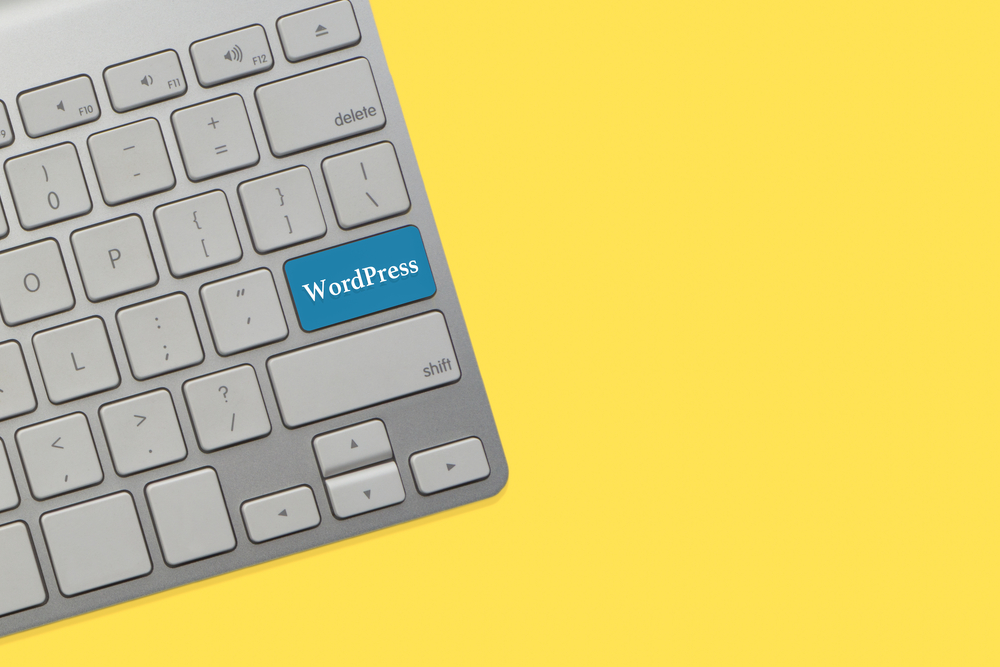
With the rise of digital marketing and online content blog website consumption, blogging has become a powerful tool for individuals and businesses to reach and engage with their audiences. weblog allow for the sharing of valuable information, building authority in a niche, and driving traffic to websites. However, creating a successful blog requires more than just writing a few posts and hitting publish. In this article, we will explore tips, tricks, and strategies for unlocking the full potential of blogging.
1. Define Your Goals
Before you start a blog, it's important to define your goals. Are you looking to drive traffic to your website, establish yourself as an authority in your niche, or generate leads for your business? By clearly defining your goals, you can tailor your blogging strategy to achieve them.
2. Know Your Audience
Understanding your target audience is crucial for creating blog content that resonates with them. Take the time to research your audience's demographics, interests, and pain points. This will help you create content that is relevant and valuable to them, ultimately driving engagement and loyalty.
3. Create High-Quality Content
One of the most important factors in a successful blog is high-quality blog content. Your blog posts should be well-written, informative, and engaging. Use relevant keywords to optimize your content for search engines and attract organic traffic. Additionally, incorporate visual elements such as images and videos to enhance the reader experience.
4. Consistency is Key
Consistency is key when it comes to blogging. Develop a content calendar and stick to a regular posting schedule. This will help you build a loyal readership and improve your blog's visibility in search engines. Consistent publishing also shows your audience that you are committed to providing them with valuable content.
5. Promote Your Content
Creating great content is only half the battle; you also need to promote it effectively. Share your blog posts on social media, email newsletters, and relevant online communities to reach a wider audience. Collaborate with other bloggers or influencers to expand your reach and drive traffic back to your blog.
6. Engage with Your Audience
Building a relationship blog site with your audience is essential for a successful blog. Respond to comments on your blog posts, engage with readers on social media, and encourage feedback and discussions. By fostering a sense of community around your blog, you can increase reader loyalty and drive more traffic to your site.
7. Monitor and Analyze Your Performance
Regularly monitor and analyze your blog's performance to identify what is working well and what can be improved. Use tools like Google Analytics weblog site to track key metrics such as traffic, engagement, and conversion rates. Use this data to refine your blogging strategy and optimize your content for better results.
Frequently Asked Questions
Q: How often should I post on my blog?
A: The frequency of your blog posts will depend on your goals and resources. It's important to find a balance between posting consistently and maintaining the quality of your content.
Q: How long should my blog posts be?
A: There is no one-size-fits-all answer to this question, as it will depend on your audience and topic. However, aim for in-depth, informative posts that provide value to your readers.
Q: How can I come up with blog post ideas?
A: Brainstorming, researching industry trends, and listening to feedback from your audience are great ways to generate blog post ideas. Additionally, consider repurposing old content or conducting interviews with experts in your field.
Q: Should I allow guest posts on my blog?
A: Allowing guest posts can add variety to your blog content and introduce your audience to new perspectives. However, be selective about the guest bloggers you work with and ensure their content aligns with your brand and values.
Q: How can I monetize my blog?
A: There are several ways to monetize a blog, including affiliate marketing, sponsored content, selling digital products or services, and display advertising. Experiment with different monetization strategies to find what works best for your blog and audience.
Other useful resources